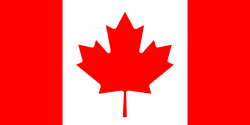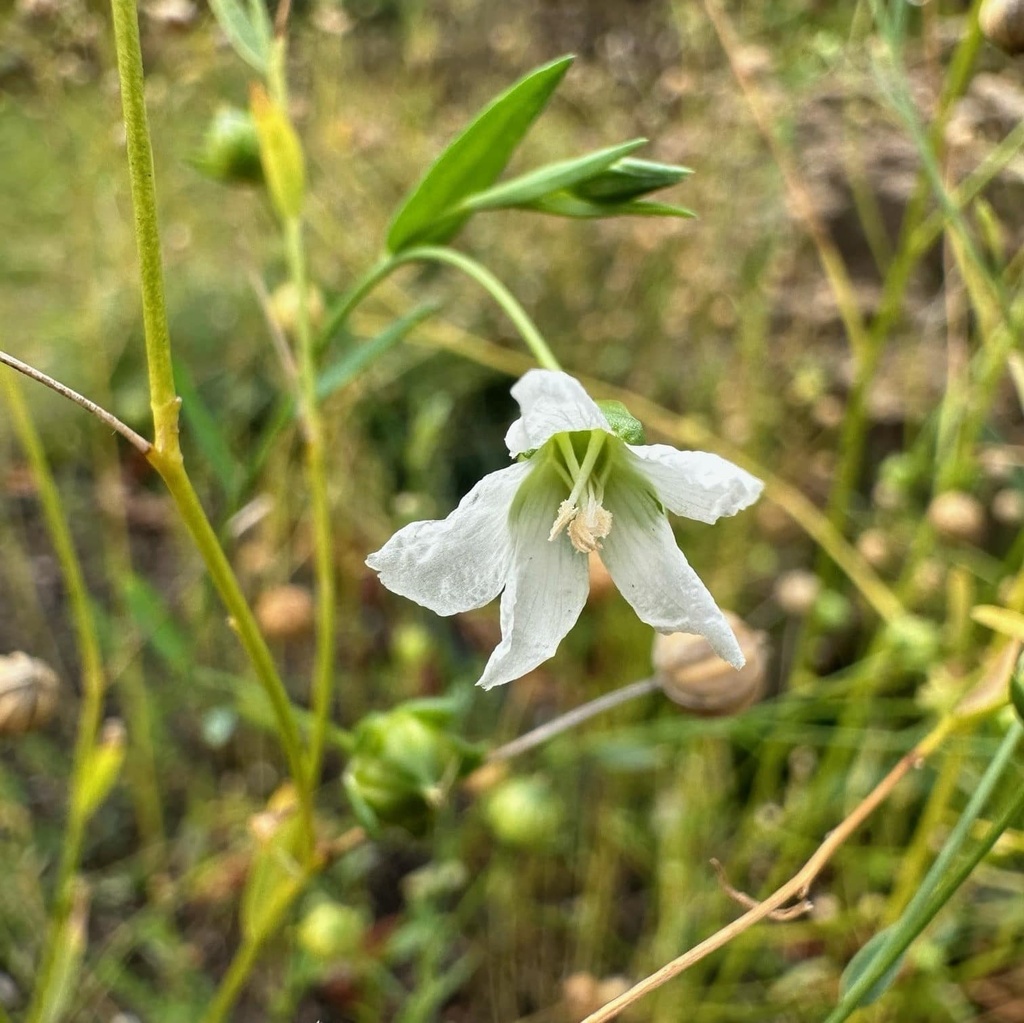Palestinian flax (Linum usitatissimum)
Before the introduction of cotton and synthetic fibers, linen held a significant place in the households of old Quebec. It was used everywhere, from sheets to socks! And even before that, this plant has quite a history! Linen was probably the first plant fiber to be woven. It is believed to have been first domesticated in the Fertile Crescent region. Remains dating back 36,000 years have been found in a cave in Georgia. It was also a preferred textile in ancient Egypt. The fiber yields a flexible, lightweight, absorbent, thermoregulating, and durable fabric, which explains its popularity. The plant is easy to grow, and its delicate blue flowers are charming. The fibers are located in the core of the stem and are extracted through a controlled decomposition process called retting.
The Palestinian linen is part of the Linen Preservation Program. It is cultivated for its fibers.
MAINTENANCE AND OTHER CONSIDERATIONS
Little information exists about this linen. It originates from Palestine and was cultivated before 1955.
Number of seeds per packet: 200
| Plant type: Annual |
| Flower color: Blue |
| Quantity: Envelope of about 200 seeds |
| Exposure: Full sun |
| Shape: Erected |
| Soil: All types of soils |
| Watering: Regular |
| Sowing: Directly in the garden |
| Plantation: In the garden after the risk of frost |
| Days to maturity: 100 days |
| Germination: 7 to 21 days |
| Depth: On the surface |
| Width: 25 cm |
| Height: 1 m |
| Family: Linaceae |
RETURN AND EXCHANGE
For the return of a purchased product: if you are not satisfied with your product or if you think there is an error in your order, do not hesitate to contact us at any time by email.

